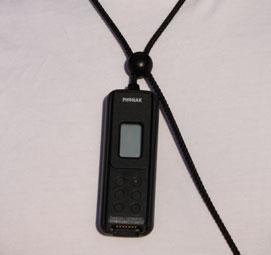What it is
An area of student need, involving attentive listening comprehension skills amongst background noise/conversations and/or processing to understand information given orally.
Teaching Strategies

Instructional
• Use prescribed FM system or Sound field system.
• Develop alternative programming goals to teach the student active listening, comprehensions skills and self-advocacy.
• Use the student’s name or a visual signal to prompt listening attention before speaking.
• Use a visual signal for class to stop and listen, before giving instructions.
• Use questioning to check for student’s understanding.
• Pair oral instructions with visual, especially for new vocabulary and letter patterns/rhymes.
• Provide copies of notes so that the student can focus attention on listening and understanding during lessons.
• Ensure adequate volume in the class; repeat questions/comments of soft spoken students.
• Reward the student for extra efforts in concentrating on oral information.
Less...
More...

Environmental
• Minimize background noise. A good strategy is to place tennis balls on chair legs.
• Have students wait to be acknowledged before allowing them to contribute to classroom discussions.
• Provide physical break/change of activities after periods of concentration on oral information.
• Use a visual schedule.
• Post written copies of information that is provided orally (eg, a class calendar).
• Use preferential seating, so that the student is at the front of the class and/or close to the speaker.

Assessment
• Provide extra time.
• Provide a quiet environment.
• Ensure understanding of test instructions.
• Provide written copies of assignment instructions and rubrics.
Resources







